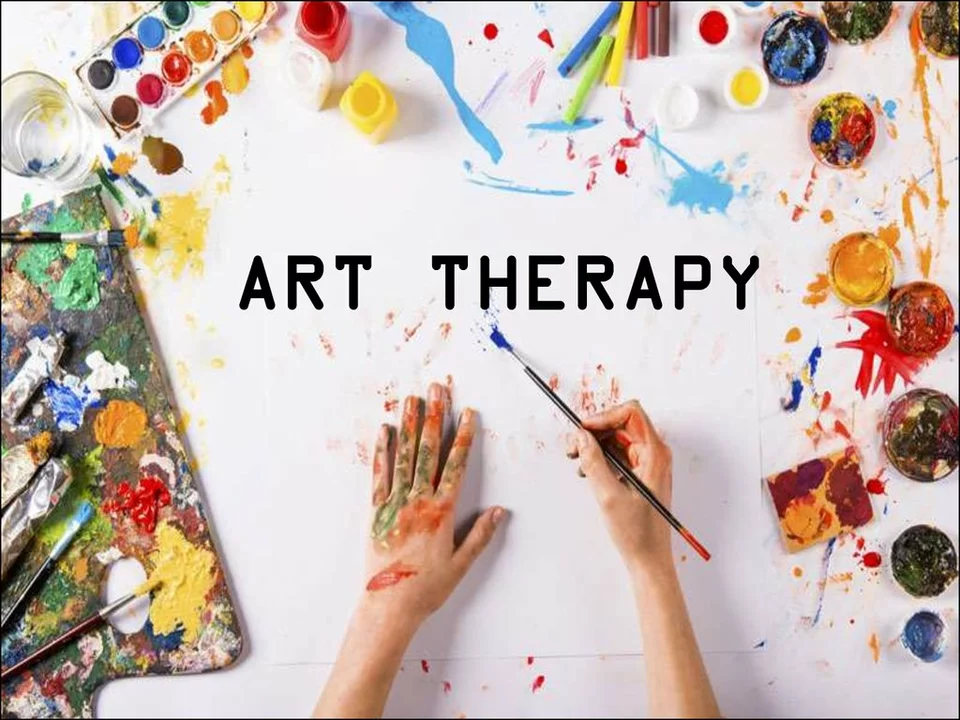Art Therapy: Easy, Practical Steps to Feel Better
Art therapy isn’t only for artists. It’s a simple way to calm your mind, process feelings, and build small daily habits that make a real difference. You don’t need fancy tools or a degree—just a few minutes, basic supplies, and a plan that fits your life.
Start small: supplies and a short routine
Grab a notebook or a stack of printer paper, a set of colored pencils or markers, and a timer. Set aside 10–20 minutes, two to three times a week. Try one of these short routines: a 10-minute free-draw where you color whatever comes to mind; a five-minute collage using magazine cutouts to show how you feel; or a guided prompt like “draw a place where you feel safe.” Keep the focus on process, not the final result.
If you prefer texture, try clay, fabric scraps, or a simple bead stringing activity. These tactile options help reduce anxiety by giving your hands something calming to do. For music lovers, swap drawing for creating a short playlist that matches your mood and then one that lifts you—compare how you feel after each.
Make it useful: goals, tracking, and combining with other care
Use art as a tool, not just a hobby. Before you start, name a small goal: ease racing thoughts, sleep better, or express anger without acting on it. After a session, jot one sentence about how you feel. Over a few weeks you’ll see patterns—what helps and what doesn’t.
Art therapy works well alongside other care. If you take medication or supplements for mood, keep using them and tell your clinician you’re adding creative work. Some supplements like omega-3s, vitamin D, or B-vitamins can support mood, but always check with your pharmacist or doctor before starting anything new.
Clinical settings—from cancer care to trauma recovery—have used creative therapies to lower anxiety and improve coping. For everyday stress, short, regular practice is enough to notice changes in sleep, focus, and mood.
Warning signs: if your art sessions bring up intense panic, suicidal thoughts, or flashbacks, stop and contact a mental health professional right away. Art can bring up hard feelings, and you don’t have to handle those alone.
Want structure? Try a four-week plan: week one—daily 10-minute drawing; week two—shift to color-focused pieces; week three—make a themed collage; week four—create something to display or gift. Keep sessions short and predictable so they become a habit.
Art therapy is low-cost, low-risk, and easy to start. It won’t replace medical care when you need it, but it’s a powerful tool to add to your mental health toolbox. If you have questions about how this fits with your meds or supplements, contact a pharmacist at Shiner Family Pharmacy for personalized advice.

